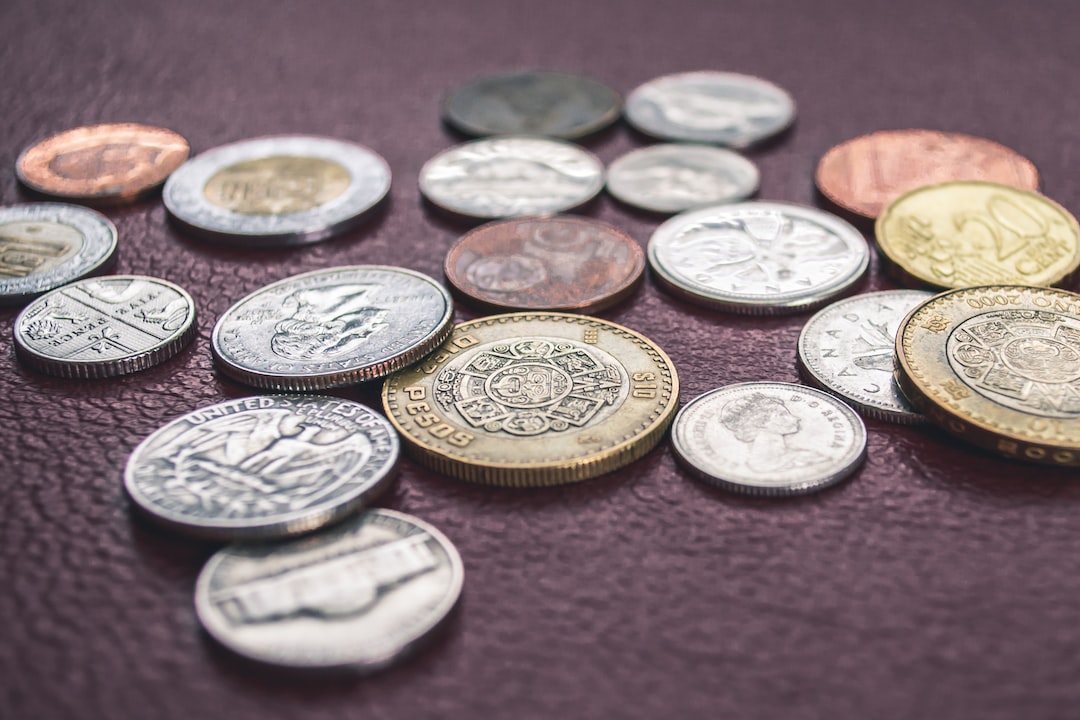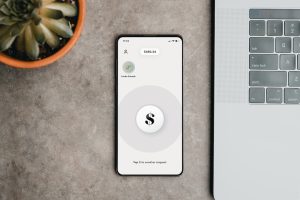Forex trading can be an extremely lucrative and exciting venture, but it’s also a complex and risky one. Before jumping into the market with real money, it’s essential to practice and develop your skills in a simulated environment. Forex simulators provide you with a risk-free way to learn and test your trading strategies, and they can be set up easily on your computer or mobile device. In this article, we’ll guide you through the steps to set up a forex simulator.
1. Choose a forex simulator
There are several forex simulators available online, and you can choose one that suits your needs and preferences. Some of the popular forex simulators include TradingView, Forex Tester, and MetaTrader 4. Each simulator has its unique features, and you should choose one that offers the functionalities you need.
2. Download and install the simulator
Once you’ve chosen your preferred forex simulator, the next step is to download and install it on your computer or mobile device. Most forex simulators are available as desktop applications, web-based platforms or mobile apps. You should choose the version that is compatible with your device and operating system.
3. Configure the simulator
After downloading and installing the forex simulator, you’ll need to configure it to match your trading preferences. This involves setting up parameters such as the currency pairs, time frames, trading sessions, and indicators. You can also customize the simulator by adding or removing features that you deem essential or unnecessary.
4. Load historical data
Forex simulators generate virtual market data that mimics real-world trading conditions. To achieve this, you’ll need to load historical data into the simulator. The data should include the price movements, volume, and other indicators for the currency pairs you want to trade. The historical data is used to simulate how the market would have behaved in the past, allowing you to test your trading strategies in different market conditions.
5. Start trading
Once you’ve configured the simulator and loaded the historical data, you can start trading. The simulator will display virtual charts and allow you to place trades using virtual money. You can test different trading strategies, analyze the market trends, and monitor your performance without risking real money.
6. Analyze your performance
After trading for a period of time, you should analyze your performance to identify your strengths and weaknesses. The forex simulator should provide you with comprehensive analytics that show your win/loss ratio, profit/loss, and other trading metrics. This information can help you refine your trading strategies, learn from your mistakes, and improve your overall performance.
In conclusion, forex simulators are an essential tool for anyone who wants to become a successful forex trader. They allow you to practice and test your trading strategies in a risk-free environment, and they can be set up easily on your computer or mobile device. By following the steps outlined in this article, you can set up a forex simulator and start learning how to trade forex like a pro.





